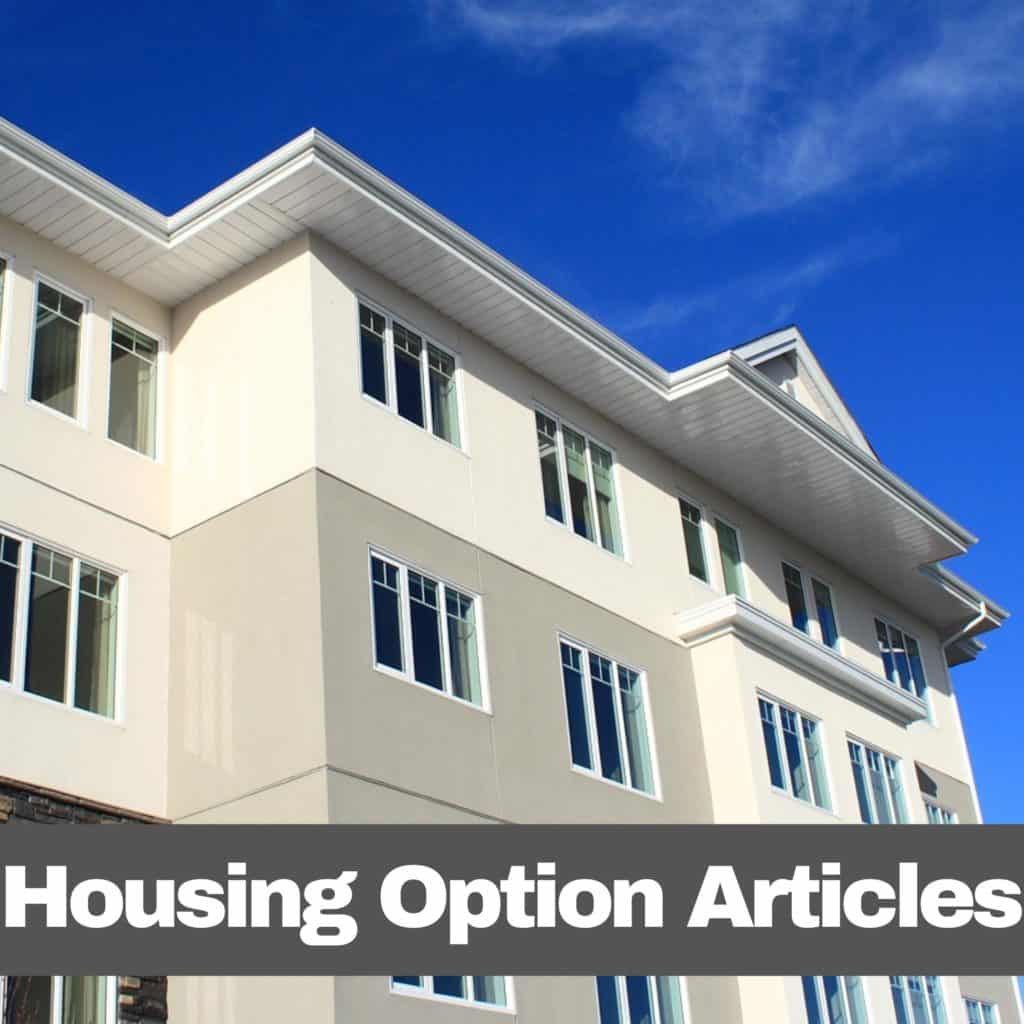When it comes to aging in place, we know stairs in our home can hinder our plans. If we have mobility issues, surgery or need a walker, stairs may limit us where we can go in in our home. But what do you do when you know you have stairs? What are your options?
I recently had a conversation with an older adult who adores their home. It is is a 4 level split, laundry and entry on lowest level, kitchen on second, bedroom on third and loft living room on 4th level. This person wants to stay in their home as long as possible, but is realistic that at some point, the stairs will become too much. I thought our conversation could be helpful to you, if you too are thinking you have too many stairs.
So what are the options for aging in community when you have too many stairs to properly age in place in your home?
Move To One Level
To maximize the time in your home, move as much as you can to one level. In this instance, my client was planning to move as much as possible onto two levels. Laundry machines were being moved to a bedroom closet. A half bathroom was going to be expanded to add a walk in shower. A bed was already in the basement that family could set up in the living room if necessary. The TV from the loft could come down to the living room. The plan was made for surgery or illness, to minimize the need for stairs in their day to day life. What can you plan to or move to get as much on one level as possible?
Explore Elevators and Lifts
Understand the costs, the space and renovations needed to add an elevator, lift or stair chair. Is it even feasible? If it is, you may want to start saving for such a renovation. These renovations can take months, and you certainly can’t leave them to the last moment. As soon as you start to see your ability to manage the stairs changing, it’s time to make these renovations happen. For my conversation with this person, they did explore putting in an elevator. They found out there was not one consistent spot on all 4 levels that could work for the placement of an elevator. Can an elevator, lift or stair chair work for your home?
Plan the Next Home
As we chatted about this person’s plan – they had to answer, what would be your move if you couldn’t live here any longe?. For their situation, they didn’t want an adult bungalow villa, that felt like too much of the similar type of space. However, an accessible condo felt like that could be the next option for their needs.
Your next move might be a smaller bungalow home, a bungalow villa, an apartment condo, a rental apartment, retirement living or life lease opportunity. Identifying what would be the right move for you is important to determine while you are healthy and well. What type of housing would you consider if you HAD to move?
Research Your Options
Regardless of what your choice for next living options are – research them now. For this client, we’ll be looking at condos this summer. They want to stay in their original neighborhood and have a hefty wish list – but when we plan in advance, we have the luxury of time to wait for the perfect view, the perfect layout, or the right location.
If you are considering a purchase option, can you purchase it in advance and rent it out until you need it? If it’s a rental, do you keep track of availability and how far ahead you may have to have your name on a waitlist? Are you prepared to take your apartment or retirement living suite it a little early if the right suite comes available?
If you can purchase, you can rest assured you have your plan B set! When your house is no longer appropriate for you, you have a place to move to. In the event you never need this home, you can simply just sell the property again (and your renter might have paid your mortgage, so it could be a ‘free’ property to you depending how much time you rent it for).
If you need to rent your next option, then you want to find your top 1, 2 and 3 choice. That way, when you notice your mobility changing – you can quickly chose one of your options. What can you do to start researching your options?
Be Aware of Your Finances
In my conversation with this individual, their plan was to keep their home in their family. There was no intention to sell it. But if they wanted to buy a condo, they had to explore their financial situation to see how they could pay for a condo. Should they pay cash or should they do a mortgage and have renter pay their down their mortgage? Likewise you may need to find out if you HAVE to sell your existing home first, to get into your plan B home? Do you know it’s value, what it may sell for if it was listed today? You have to have a realistic number in your mind, not what you hear from your neighbor that the house down the street sold for. You need to know YOUR home value. Do some research to figure out your financial reality to work on staying in your home as long as possible and understanding how to get your plan B home if needed. What will you need to do to get your plan B home?
It All Takes Planning
As you can see, aging in place takes planning. It takes time. You need to put in the thoughts, the research and the renovations before you need them. You need to develop your plan for when your house can’t meet your needs any longer. Absolutely, you need to understand your financial ability to stay in your home and manage a move if the stairs becomes too much to manage.
It’s okay if your home has too many stairs. What matters is that you make a plan for when you can no longer manage those stairs. That is what successful aging looks like! So tell me, what is your plan?






